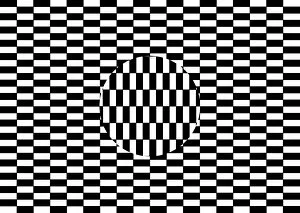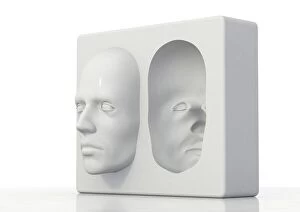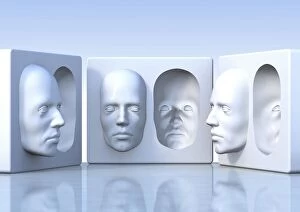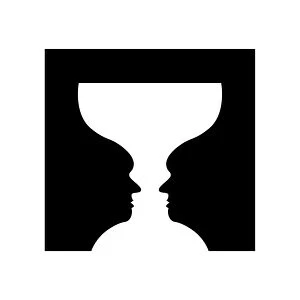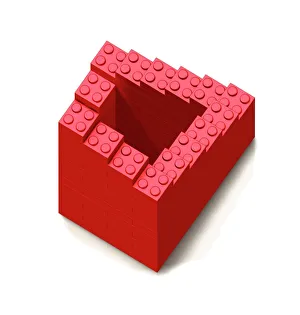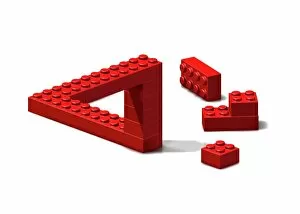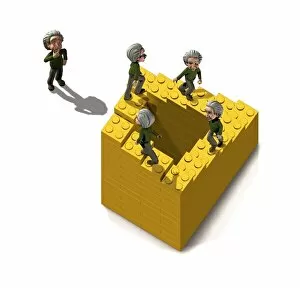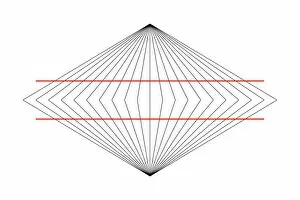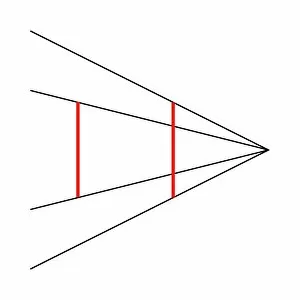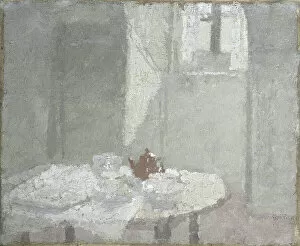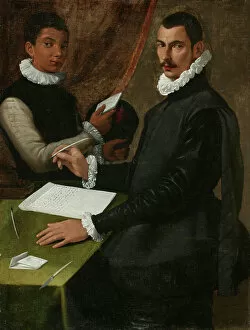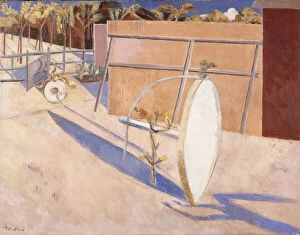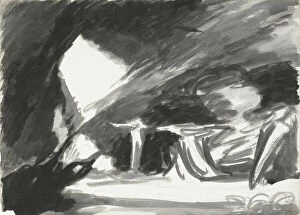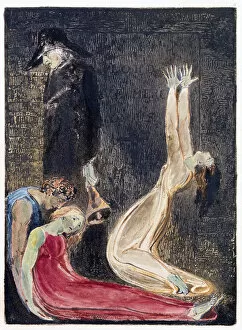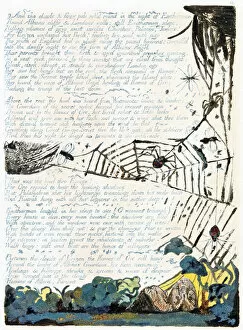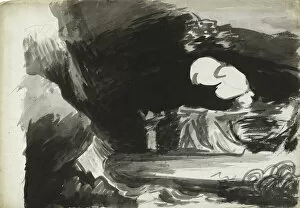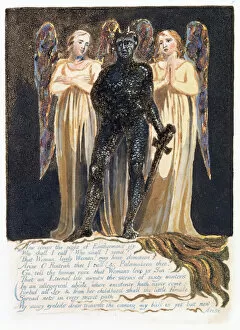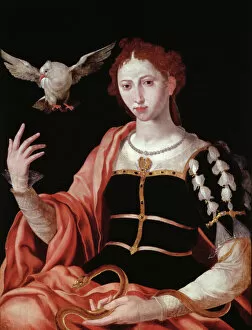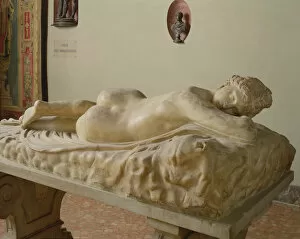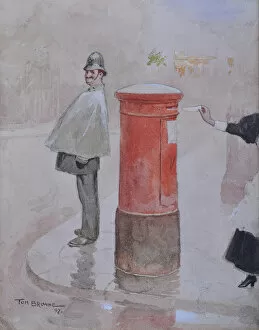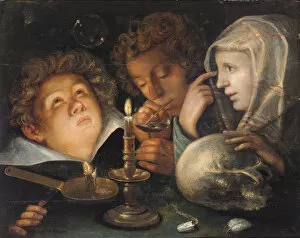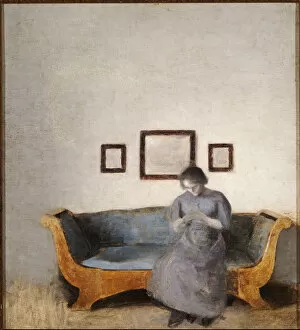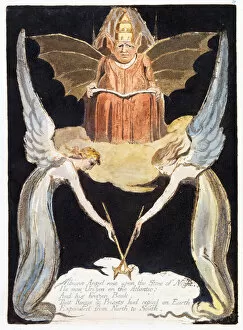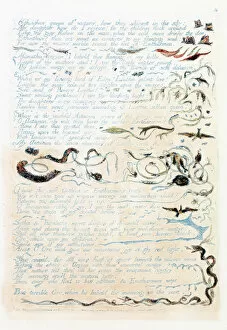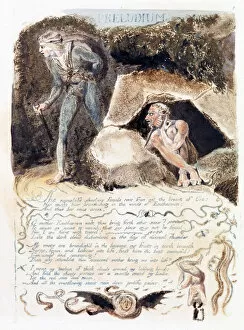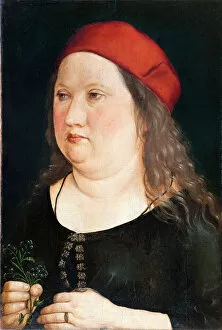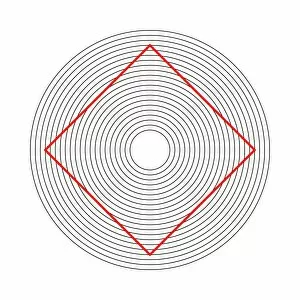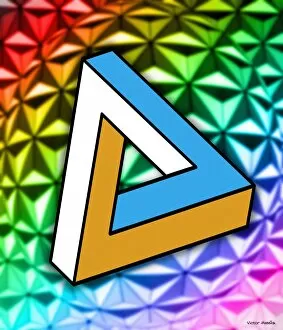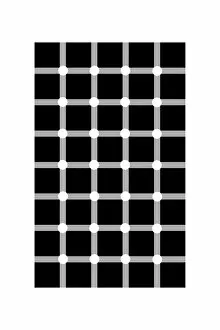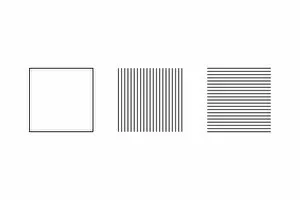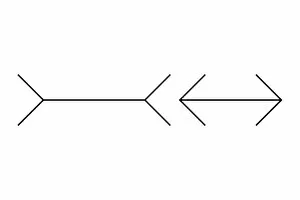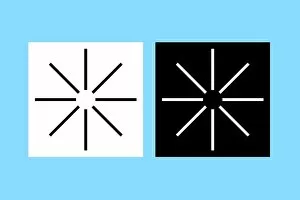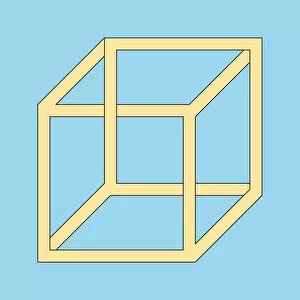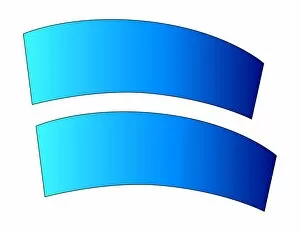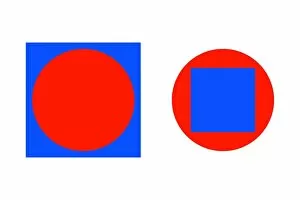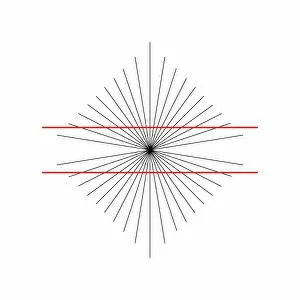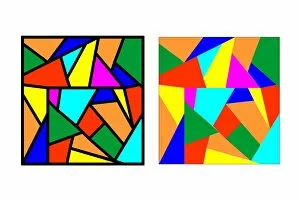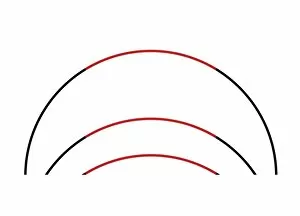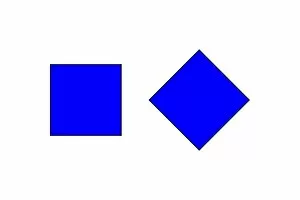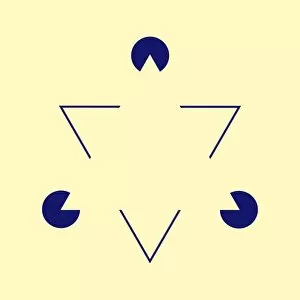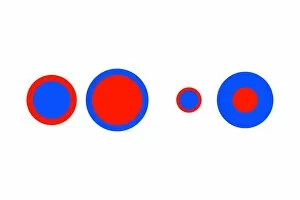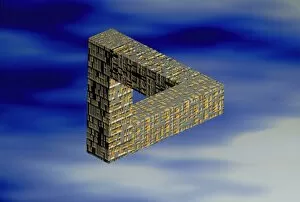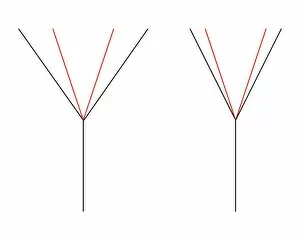Ambiguity Collection
"Unveiling the Enigmatic: Exploring Ambiguity through Illusions and Artwork" Step into a world where reality blurs, and perception becomes a puzzle
For sale as Licensed Images
Choose your image, Select your licence and Download the media
"Unveiling the Enigmatic: Exploring Ambiguity through Illusions and Artwork" Step into a world where reality blurs, and perception becomes a puzzle. Delve into the captivating realm of ambiguity, where illusions and artwork intertwine to challenge our senses. The Hollow-face illusion beckons us with its deceptive charm. A seemingly concave face that defies logic, inviting us to question what we truly see. And within an artwork's strokes lies another hollow-faced enigma, teasing our minds with hidden dimensions. Behold the Goblet illusion, an optical marvel that oscillates between two distinct images. Is it two faces or one chalice? The answer eludes us as ambiguity dances before our eyes. Venture further into the depths of perplexity with Penrose stairs depicted in mesmerizing artwork. These never-ending steps defy gravity and reason alike, leaving us trapped in a loop of uncertainty. The Ouchi illusion toys with our perception of size and depth. Are those circles expanding or contracting? Our mind struggles to grasp their true nature amidst this visual conundrum. Witness the Impossible triangle emerge from artistic mastery—a shape both plausible yet impossible simultaneously. Its paradoxical existence challenges our understanding of spatial relationships. Once again, Penrose stairs grace an artist's canvas—each step leading nowhere but everywhere at once—an eternal cycle confounding even the most astute observer. Enter Wundt illusion's domain—a swirling vortex distorting lines before our very eyes. As they converge towards infinity or diverge towards nothingness, certainty fades away like distant echoes. Ponzo's illusion deceives by manipulating perspective; parallel lines converging make objects appear larger or smaller than they truly are—the truth obscured by clever trickery. And there it is again—the Ponzos' illusion resurfaces—railroad tracks stretching infinitely apart while remaining parallel—an optical riddle challenging rational thought once more. Returning full circle, the Hollow-face illusion reappears within an artwork's embrace.

